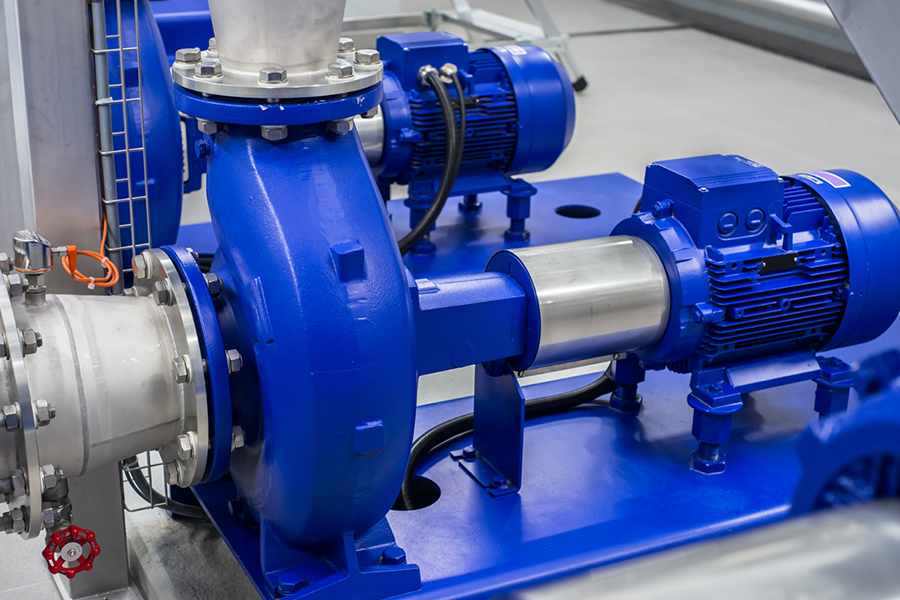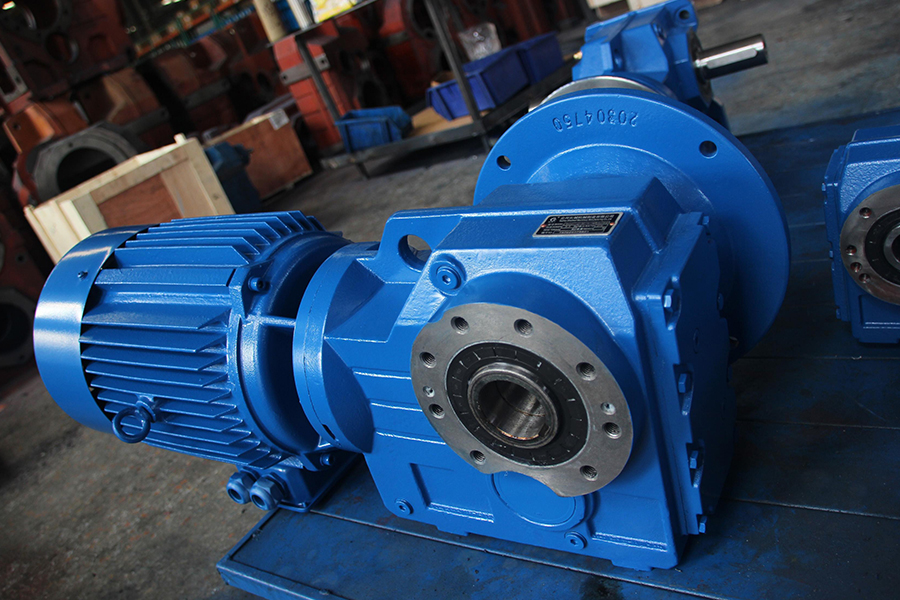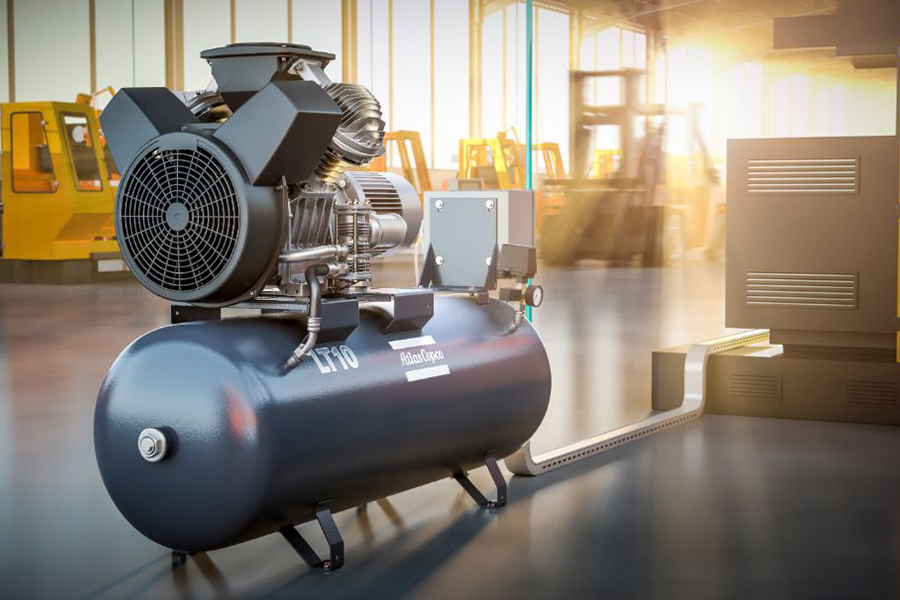From the moment a cooling tower system is specified, choosing the right cooling tower motor has significant knock‑on effects for plant energy consumption. Similarly, selecting an aluminum motor design can influence design weight, heat dissipation, and long-term electrical losses.
In real-world systems, a redesign of motor components—such as housing material, rotor-stator alignment, or winding structure—can yield measurable energy savings. These optimizations become crucial when motors run continuously or under varying loads.

1. The Role of Advanced Motor Design
Optimized Materials and Component Layout
Energy‑efficient motor designs use better magnetic steel, thicker conductors, tighter rotor-stator air gaps, and advanced cooling pathways to reduce losses and improve thermal control. Tools such as Motor‑CAD enable engineers to model thermal and electromagnetic behavior precisely, guiding design iterations for efficiency and longevity.
Reduced Electrical Losses and Heat
By minimizing hysteresis, eddy current, and winding resistance losses, optimized motors run cooler and more reliably—reducing wear and increasing lifespan.
2. Impact on Energy Consumption
Affinity Laws & VFD Integration
Pairing efficient motor design with variable-frequency drives (VFDs) brings substantial energy savings. For example, a pump or fan running at 63% speed can use only ~25% of its full-speed power, thanks to affinity laws governing torque and power vs. speed.
Standard vs. Premium Efficiency Levels
Switching from standard (IE1) to premium (IE3 or higher) efficiency motors typically saves 20–30% in energy use, with many systems achieving payback within 1–3 years.
3. Real-World Case Studies
Cooling Tower Example
A study of cooling towers implementing high-efficiency motors and VSD found annual energy savings of ~202,972 kWh and CO₂ reductions nearing 7 ton at 50 % load—demonstrating both financial and environmental gains.
Industrial-Scale Impact
Energy-efficient motor adoption across millions of motors worldwide—including in HVAC, pumps, and compressors—reduces electricity use by up to 65% in motor-driven systems, saving vast amounts of energy at a national scale.
4. Designing with Aluminum Motor Components
Lightweight and Cooling Advantages
Integrating aluminum into motor construction reduces weight and enhances thermal conductivity, helping to keep internal temperatures lower and reduce energy waste.
Reduced Mechanical Losses
Lighter motor assemblies reduce inertia-related losses during start/stop cycles and system dynamics, which can be crucial in setups like cooling towers that may cycle or modulate frequently.
5. Broader Benefits: Reliability, Maintenance, and Sustainability
Extended Lifespan: Less heat and smoother operation lower component wear, extending service life and reducing replacement costs.
Reduced Downtime: Motors better matched to system loads and cycling patterns require fewer interventions.
Environmental Compliance: Using high-efficiency motors supports regulatory requirements like MEPS and aligns with corporate sustainability goals—reducing greenhouse gas emissions and energy demand.
6. Trends in Motor Design Innovation
Emerging Ultra-Efficient Technologies
Cutting-edge designs—such as electrostatic motors—may offer up to 80% higher efficiency than traditional motors, promising future breakthroughs in industrial and HVAC systems.
Smart Optimization Techniques
Design frameworks using surrogate modeling and optimization algorithms (e.g. convex models) enable rapid refinement of motor parameters to minimize losses across application-specific drive cycles.
Data-Driven System Control
Integrated control systems, real-time analytics, and self-adjusting feedback loops allow motors to operate near peak efficiency continuously—especially under variable load scenarios.
At Zhejiang Ligong Motor Co., Ltd., our designs leverage advanced thermal modeling, precision engineering, and energy-aware control integration to deliver motors that align with modern industrial expectations. Investing in proper motor design promises long-term savings, improved reliability, and alignment with sustainable industry practices.

 English
English 中文简体
中文简体 عربى
عربى










